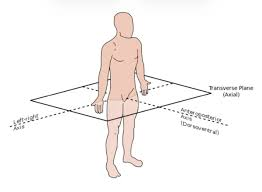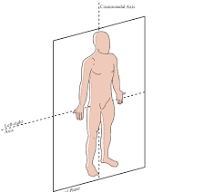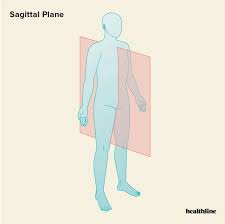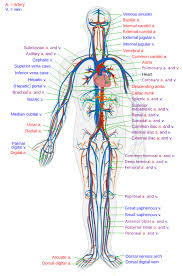ANAT 1 Midterm 1
1/28
There's no tags or description
Looks like no tags are added yet.
Name | Mastery | Learn | Test | Matching | Spaced |
|---|
No study sessions yet.
29 Terms
Define anatomy
Anatomy is the study of structure. The word anatomy means “ to cut apart”
Define physiology
Study of function of the body structures
Define Histology
Study of tissues
Define Cytology
the study of single body cells and their internal structures
Define Gross anatomy
Macroscopic anatomy investigates the structure and relationships of large body parts that are visible to the unaided eye(such as intestines ,stomach ,brain, heart and kidneys)
Explain the levels of structure organization (biological hierarchy)
Biological Hierarchy:
Atoms: The fundamental building blocks of matter.
Molecules: Atoms bonded together, including macromolecules like DNA.
Organelles: Structures within cells that perform specific functions.
Cells: The basic unit of life.
Tissues: Groups of similar cells working together.
Organs: Structures composed of different tissues, performing a specific function.
Organ Systems: Groups of organs that work together to carry out major functions.
Organism: A complete living being, like a plant, animal, or bacterium.
Define transverse plane
Cuts perpendicularly along the long axis of the body or organ, body is separated into superior and inferior


Define Frontal plane
AKA Coronal plane, vertical plane that divides body into anterior and posterior parts
Define Define Sagittal plane
Parallel to the midsagittal plain, has left and right sides

Define Oblique
Planes that pass through the specimen at an angle
What organs are in the Integumentary system and its fxn?
Skin, hair, nails
Fxn: provides protection, regulates body temp, synthesizes vit D, prevents water loss

What organs are in the Skeletal system and the fxn?
Skull, ver
What organs are in the Muscular system and what is the fxn?
What organs are in the Endocrine system and what is the fxn?
What organs are in the Cardiovascular system and what is the fxn?
Heart, veins, artery
Moves blood through blood vessels to distribute hormones, nutrients, and gases, and pick up gas

What organs are in the Lymphatic system and what is the fxn?

What organs are in the Respiratory system and what is the fxn?
Lungs, trachea, Pharynx
Fxn: responsible for exchange of gases between blood and air in the lungs
What organs are in the Digestive system and what is the fxn?
Stomach, esophagus, liver
Fxn: mechanically and chemically digests food material, absorbs nutrients and gets rid of waste